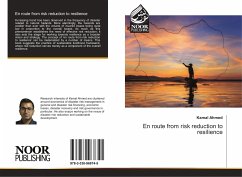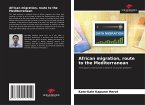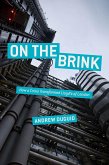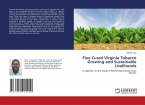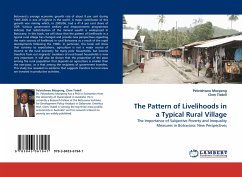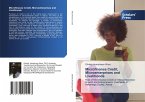Increasing trend has been observed in the frequency of disaster related to natural hazards. More alarmingly, the hazards are costlier than ever with the volume of insured losses being quite low in proportion to the overall losses. As much as this phenomenon establishes the need of effective risk reduction; it also sets the stage for working towards resilience as a broader vision and strategy. The concept of 'en route from risk reduction to resilience' can be materialized by a number of means. This book suggests the practice of sustainable livelihood framework, where risk reduction serves merely as a component of the overall resilience.
Hinweis: Dieser Artikel kann nur an eine deutsche Lieferadresse ausgeliefert werden.
Hinweis: Dieser Artikel kann nur an eine deutsche Lieferadresse ausgeliefert werden.

